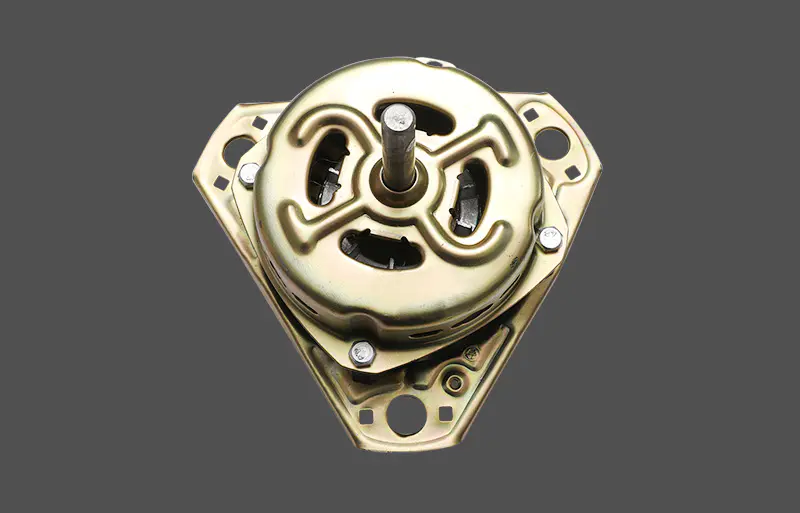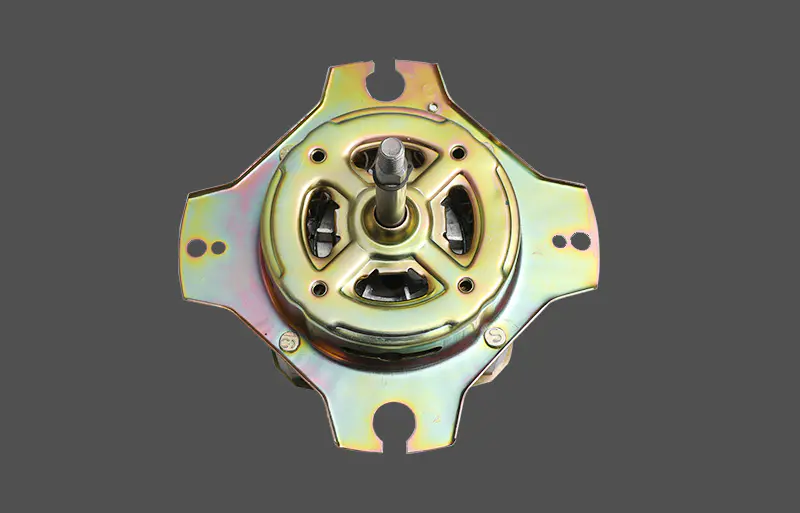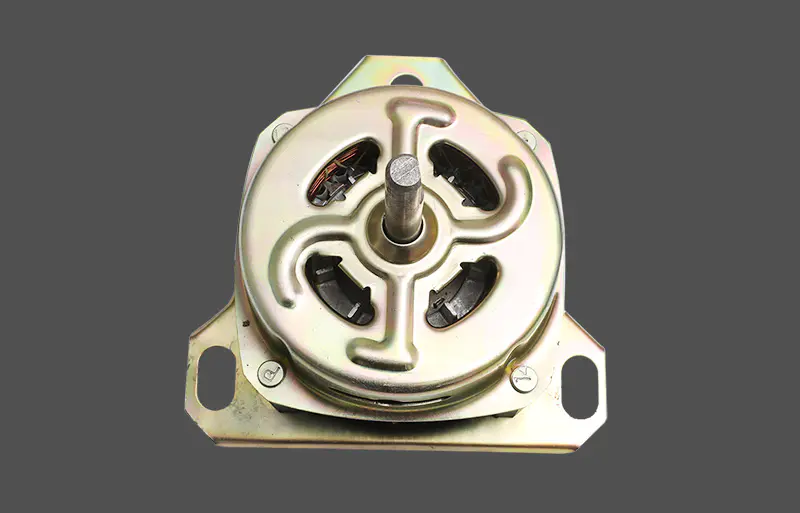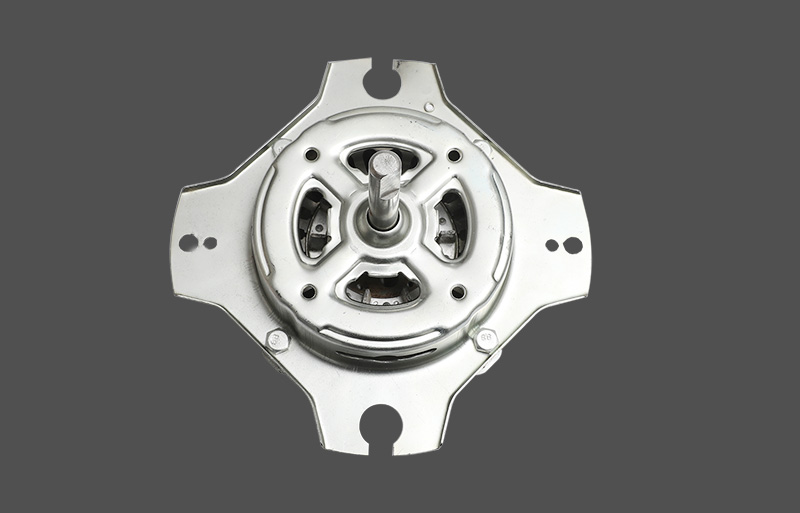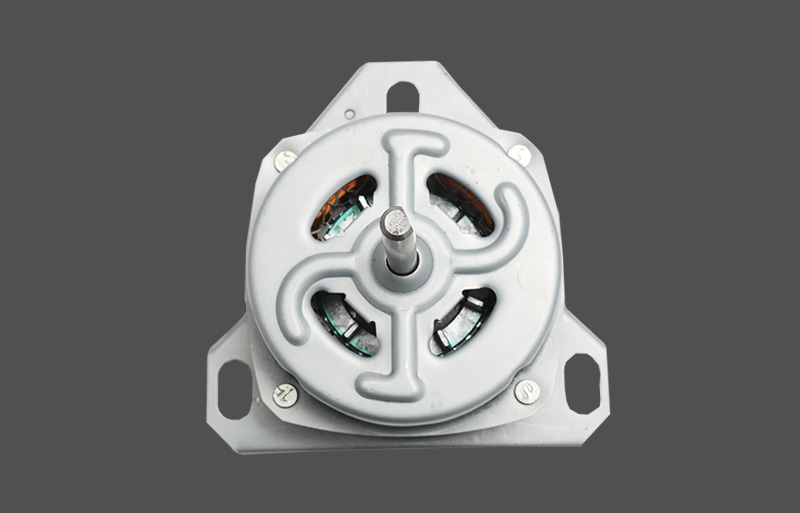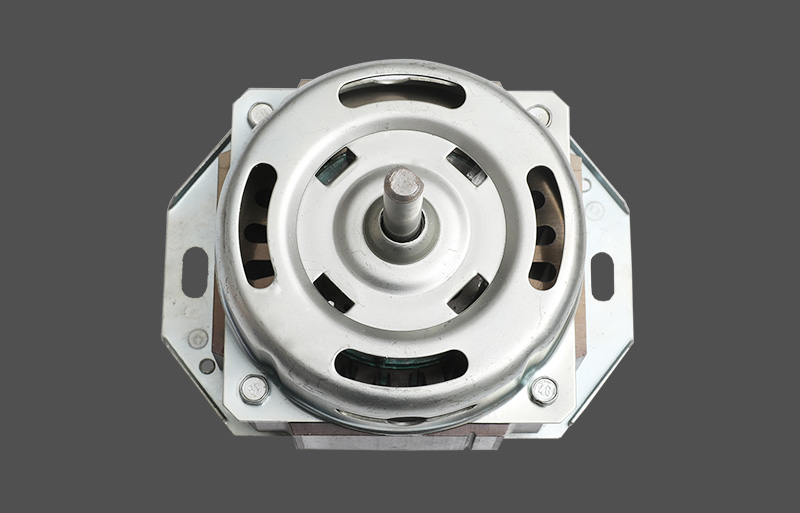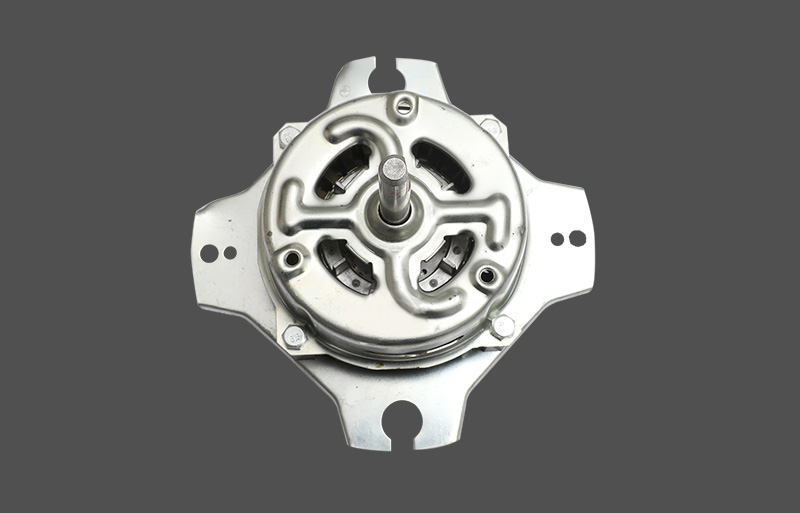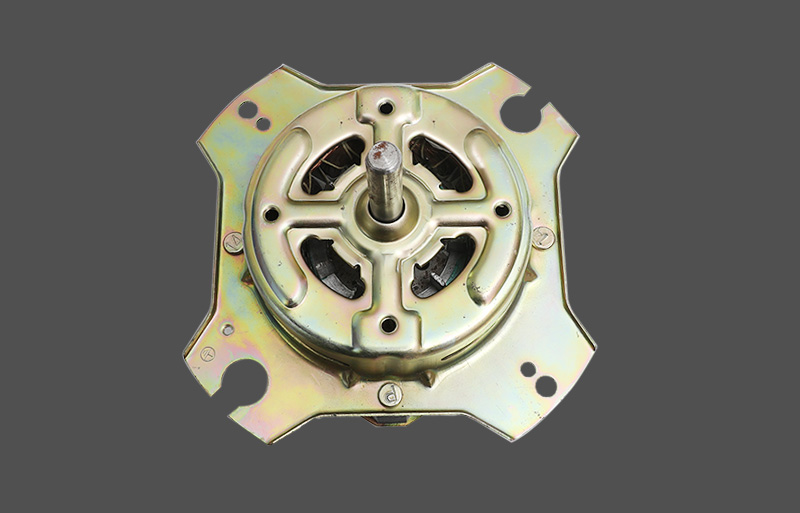Tramway news: As the electric vehicle industry is getting hotter, the electric motor's power source, the electric motor, has gradually entered people's field of vision. So what is the classification of the motor? What is the working principle of it? It is said that Tesla has a large space. Are they using wheel motors? What is the wheel motor? Today, Xiaobian will brief you on the knowledge of motors.
What is a motor
A motor is an electromagnetic device that converts or transmits electrical energy according to the law of electromagnetic induction. Motors, commonly known as motors, are represented in the circuit by the letter "M" (old standard "D"). The main function of the electric vehicle motor is to generate driving torque, which is the power source of the electric vehicle.
Motor classification
There are many types of motors, and the main classifications are briefly described below.
1, according to the type of working power: can be divided into DC motor and AC motor.
1) DC motors can be divided according to structure and working principle: brushless DC motor and brushed DC motor.
Brushed DC motors can be divided into: permanent magnet DC motors and electromagnetic DC motors.
Electromagnetic DC motor division: series-excited DC motor, shunt DC motor, separately excited DC motor and compound excitation DC motor.
Permanent magnet DC motor division: rare earth permanent magnet DC motor, ferrite permanent magnet DC motor and AlNiCo permanent magnet DC motor.
2) Among them, AC motors can also be divided into: single-phase motors and three-phase motors.
2, according to the structure and working principle can be divided: can be divided into DC motor, asynchronous motor, synchronous motor.
1) Synchronous motors can be divided into: permanent magnet synchronous motors, reluctance synchronous motors and hysteresis synchronous motors.
2) Asynchronous motors can be divided: induction motors and AC commutator motors.
Induction motors can be divided into three-phase asynchronous motors, single-phase asynchronous motors and shaded-pole asynchronous motors.
The AC commutator motor can be divided into: single-phase series-excited motor, AC-DC motor and repulsive motor.
3. According to the starting and running modes, it can be divided into: a capacitor-starting single-phase asynchronous motor, a capacitor-operated single-phase asynchronous motor, a capacitor-starting single-phase asynchronous motor, and a split-phase single-phase asynchronous motor.
4, according to the use can be divided: drive motor and control motor.
1) Drive motor can be divided: electric tools (including drilling, polishing, polishing, grooving, cutting, reaming, etc.) with electric motors, household appliances (including washing machines, electric fans, refrigerators, air conditioners, recorders, video recorders) , motors, vacuum cleaners, cameras, hair dryers, electric razors, etc.) Motors and other general purpose small mechanical equipment (including various small machine tools, small machinery, medical equipment, electronic equipment, etc.).
2) The control motor is divided into: a stepping motor and a servo motor.
5, according to the structure of the rotor can be divided: cage induction motor (old standard called squirrel cage asynchronous motor) and wound rotor induction motor (the old standard called winding asynchronous motor).
6, according to the electric vehicle's energy supply location and mode division: wheel motor, hub motor and centralized motor
Hub Motor: Wheel motor technology, also known as wheel washing machine motor built-in motor technology, because the hub motor has the characteristics of independent driving of a single wheel, so whether it is a front drive, a rear drive or a four-wheel drive form, it can be easily realized, full-time four-wheel drive in the hub motor It is very easy to implement on a driven vehicle. At the same time, the hub motor can realize the differential steering of the similar track type vehicle through different speeds of the left and right wheels or even reverse, greatly reducing the turning radius of the vehicle, and in the special case, the in-situ steering can be almost realized. This technology is used in special vehicles such as mining trucks, engineering vehicles and so on.
Moreover, the application of the hub motor can greatly simplify the structure of the vehicle, and the conventional clutch, gearbox and transmission shaft will no longer exist. This also means saving more space. More importantly, the hub motor can be used in parallel with conventional power, which is also very meaningful for hybrid vehicles.
However, no vehicle in the mass-produced passenger vehicles uses this technology because of its drawbacks that make it unsuitable for use on passenger cars. The hub motor should be installed in the rim, which makes the unsprung mass of the vehicle increase first. The problem is not conducive to handling; the second eddy current brake capacity is not high, and the heavy brakes need to work together with the mechanical brake system. For electric vehicles, it takes more energy to achieve higher braking effect, which affects the cruising range to a certain extent. Third, if the power output is slightly different, the direction control of the vehicle in high-speed driving is also It will cause a loss of control that is magnified several times. Moreover, it is difficult to achieve lubrication, which will cause the gear of the planetary gear reduction structure to wear faster and have a shorter service life, and it is not easy to dissipate heat, and the noise is not good. In the case of starting, top wind or climbing, etc., it is necessary to carry a large current, which is easy to damage the battery and the permanent magnet. The peak area of the motor efficiency is small, and the efficiency drops rapidly after the load current exceeds a certain value.
Wheel-side motor: The wheel-side motor is a motor mounted on the side of the wheel to drive the wheel separately. The hub-motor is embedded in the wheel rim, the stator is fixed on the tire, and the rotor is fixed on the axle instead of passing the power through the transmission shaft. The form is passed to the wheel. The reason why the Tesla network has a large space is to use this kind of motor, but the situation is not at all.
Wheel motor drives typically have both a hub motor and a narrow wheel motor. The narrow sense of the wheel motor means that each drive wheel is driven by a separate motor, but the motor is not integrated into the wheel, but is connected to the wheel by a transmission (such as a drive shaft) (this is the difference from the hub motor).
However, the electric vehicle motor mounted on the vehicle body has a great influence on the overall layout of the vehicle, especially in the case of rear axle drive. Due to the large deformation movement between the body and the wheel, the universal transmission of the transmission shaft also has certain limitations.
Centralized electric motors: At present, the well-known new energy models such as Tesla, Beiqi New Energy, BYD Pure Electric Series, Jianghuai iEV series and other mainstream pure electric products are all in the form of centralized motors. However, with the development of electric vehicles and hybrid vehicles, more and more vehicles may not only carry only one centralized motor. At this time, the power output of one centralized motor may only be transmitted to the front wheels, and the other A centralized motor is used on the rear wheels (for example, Tesla's various D series).
Advantages of wheel motor/hub motor drive versus concentrated motor drive:
1 The electronic differential speed control technology realizes different speed movements of inner and outer wheels during cornering, which is suitable for special vehicles.
2 The elimination of the mechanical differential device is beneficial to the power system to reduce the quality, improve the transmission efficiency, and reduce the transmission noise.
3 Simplify the structure of the vehicle, the traditional clutch, gearbox and drive shaft will no longer exist. This also means saving more space.
4 Reduce the performance requirements of electric vehicle motors, and have the characteristics of high redundancy and reliability.
The disadvantages are also obvious
1 In order to meet the coordination of each round of motion, the synchronous coordinated control of multiple motors is required.
2 The distributed installation arrangement of the motor proposes technical problems in various aspects such as structural arrangement, thermal management, electromagnetic compatibility and vibration control.
3 Increase the unsprung mass and the moment of inertia of the hub, which has an impact on the handling of the vehicle.
How some motors work
Permanent magnet synchronous motor (PMSM)
Stator: The stator windings are generally made in multiple phases (three, four, five phases, etc.), usually three-phase windings. The three-phase windings are symmetrically distributed along the stator core, and when the space is different from each other by 120 degrees, a rotating magnetic field is generated when three-phase alternating current is applied.
Rotor: The rotor is made of permanent magnets. At present, NdFeB is mainly used as permanent magnet material. The use of permanent magnets simplifies the structure of the motor, improves reliability, and has no rotor copper loss, improving the efficiency of the motor. Permanent magnet synchronous motors can be divided into two types according to the structure of the rotor permanent magnets, surface mount type and embedded type.
Three-phase asynchronous motor
The structure of the three-phase asynchronous motor is similar to that of the single-phase asynchronous motor, and the three-phase windings are embedded in the stator core slot (the three-layer chain type, the single-layer concentric type and the single-layer cross type). After the stator winding is connected to the three-phase AC power supply, the rotating magnetic field generated by the winding current generates an induced current in the rotor conductor, and the rotor generates an electromagnetic transfer cabinet (ie, an asynchronous transfer cabinet) under the interaction of the induced current and the rotating magnetic field of the air gap. To rotate the motor.
Reluctance synchronous motor
Reluctance synchronous motor is also called reactive synchronous motor. The rotor of this kind of motor has no magnetism. It only uses the principle that the movable part in the magnetic field tries to minimize the magnetic reluctance of the magnetic circuit, and depends on the difference of the magnetic resistance of the two orthogonal directions of the rotor. The torque is generated, and this torque is called reluctance torque or reflected torque. The reluctance synchronous motor has obtained a wide range of applications due to its simple structure and low cost.




